Chestnut (Castanea spp.) is a deciduous tree in the family Fagaceae grown for its edible seeds (nuts). The chestnut tree has a thick trunk covered in gray bark. The trunk has an erect growth habit and can grow 2 m (6.6 ft) in diameter. When the tree stands alone, the canopy can spread 15 m (49 ft) across and is made up of glossy leaves with serrated margins and pointed tips. The leaves are hairy with visible glands on the underside. The chestnut tree produces flowers on long catkins and the seeds are produced in clusters of 1–3. The seeds are covered by a thick, spiny bur which is approximately 10 cm (4 in) in diameter. The kernel within is protected by a thin, dark brown shell. Chestnut trees can reach 40–60 m (131–198 ft) in height and can live for in excess of 150 years. Chestnut may also be referred to by variety and includes European, American, Japanese and Spanish chestnut. The tree originates from Asia.
Chestnut trees are a variety of Beech tree, originally cultivated in Europe. Chestnut trees have been grown in Australia for over 100 years, the versatility of the nuts making them a popular addition to many recipes. They are suited to grow in a temperate climate and the nuts are widely available during the autumn and winter months.
Chestnuts consist of several layers. There is an outer prickly green burr which is usually removed before sale to reveal a tough, shiny brown shell. Within the shell surrounding the nut is another layer – a thin, inner cream-coloured skin called a pellicle. The pellicle and shell must both be removed before eating the creamy-white nut within, which has a texture similar to a baked potato once cooked.
You can also purchase sweetened and unsweetened chestnut puree, a velvety dark brown paste with a smooth and nutty taste.
Buying and storage
Look for raw chestnuts with undamaged, shiny dark skin that feel firm and heavy for their size. One kilogram of chestnuts will give you approximately 700g shelled nuts.
Chestnuts have a short shelf life. You can store whole chestnuts in an airtight container in the fridge for 1 to 2 weeks. You can also freeze them for up to 3 months. Defrosted chestnuts are not suitable for roasting, however they are fine for use in soups and purees. Chestnuts with mould between the outer shell and pellicle should be discarded.
Chestnut puree is sold in cans and is available from selected supermarkets and delis. It will keep, unopened, for up to 2 years. Once opened, store in the fridge and use within 4 days.
Preparation
Before cooking chestnuts they should be rinsed and dried, and a small slit or cross must be made in the skin or they will burst.
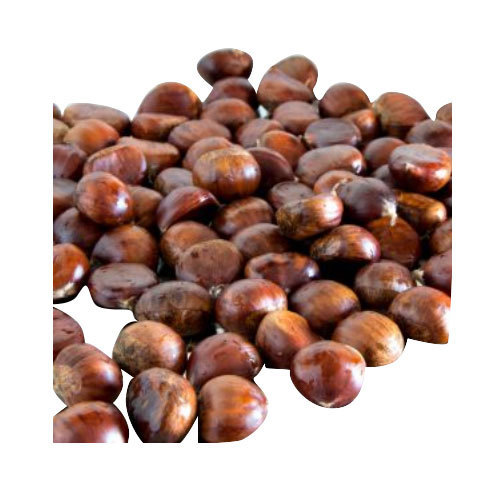
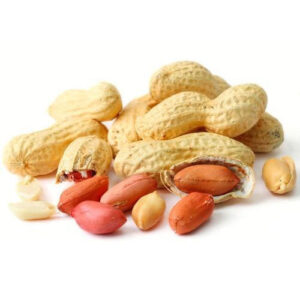
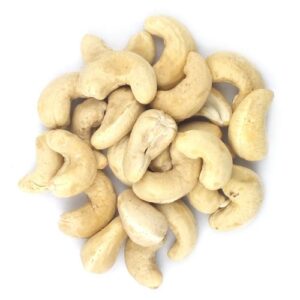
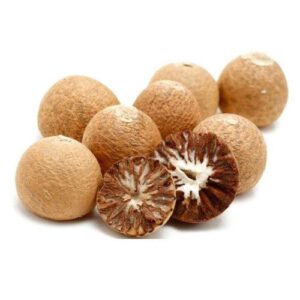
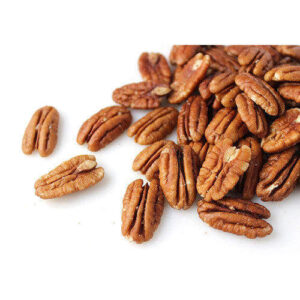
Reviews
There are no reviews yet.